Wholesale China Engine
As a leading China Engine Supplier and Factory, BISON offers a comprehensive range of engines, encompassing various fuel types, power ranges from small to large, both 2-stroke and 4-stroke options, horizontal and vertical axis configurations, as well as single and twin-cylinder designs to cater to diverse requirements. BISON’s engines are designed with wide adaptability, making them perfect for various applications across various industries. Our extensive portfolio of power solutions and engine types ensures that no matter your requirements, BISON has the perfect engine tailored to meet your specific needs.
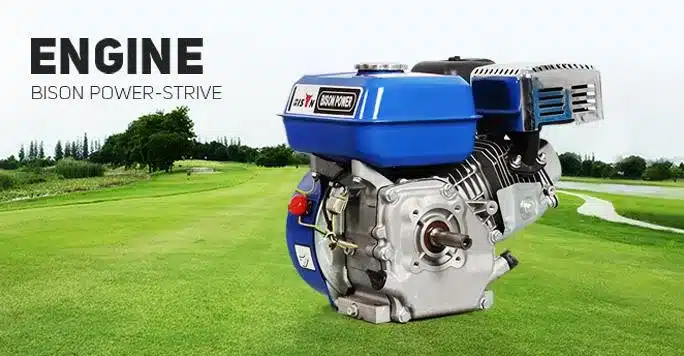
Start your Chinese engine wholesale business from now on.
Engine
BISON engines boast superior power, exceptional fuel efficiency, and remarkable durability, ensuring that you receive a machine that outperforms and outlasts the rest.
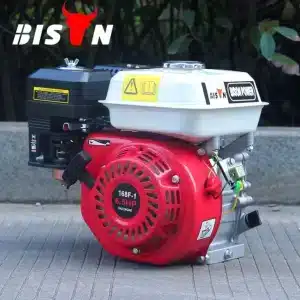
Miniature Gasoline Engine
smooth running with minimal vibration
Light weight, low cost
Easy to start, easy to operate<br
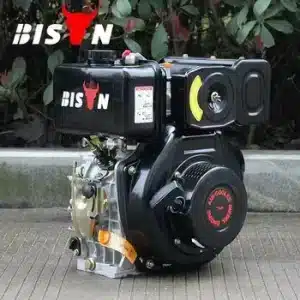
4 Stroke Diesel Engine
Overview Quick Details Condition: New Usage: Generator,Pump Fuel: Diesel Stroke: 4 Stroke Cylinder: Single Cylinder
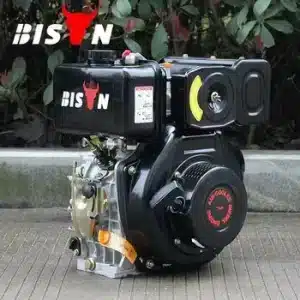
Mini Diesel Engine
Overview Quick Details Condition: New Usage: Generator, Pump Fuel: Diesel Stroke: 4 Stroke Cylinder: Single
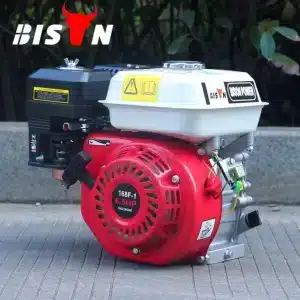
Mini Gasoline Engine
Precise Machining Technique Delicate and Beautiful Appearance Design Good quality and less malfunction Durable and
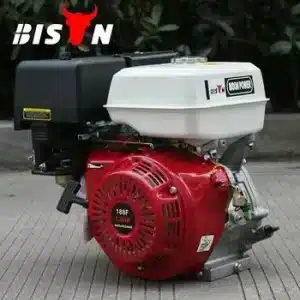
Simple Petrol Engine
This simple petrol engine inherits the consistent features of the Honda general-purpose engine, featuring high
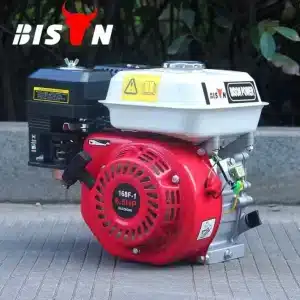
Single Cylinder Gasoline Engine
Spare parts of high quality
long service life of the machine, economic durability
The customers
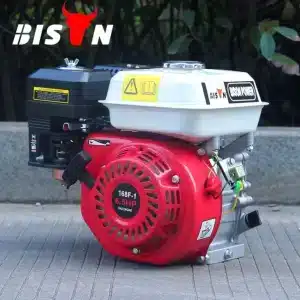
Best Gasoline Engine
Efficient manufacturing speed Logo design & colour customize.(OEM & ODM is available) Well controlled spare
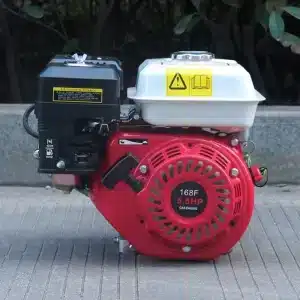
Petrol Engine
Overview Quick Details Condition: New Usage: Generator, water pump Fuel: Gasoline Stroke: 4 Stroke Cylinder:
Start your Chinese engine wholesale business from now on.
What makes us competitive?
Competitiveness of BISON Engine
Fuel Efficiency
This is achieved through direct fuel injection technology. This technology enables precise fuel delivery and optimal combustion, reducing fuel consumption while maintaining high power output. BISON engines optimize fuel consumption, reduce operating costs and reduce emissions, thus contributing to a greener and more sustainable future.
Low Noise and Vibration Levels
BISON engines are designed to create a more comfortable working environment and reduce wear and tear on engine components. By incorporating advanced engineering techniques such as precision balancing and optimized component design, BISON engines minimize noise and vibration during operation.
Customizability
BISON engines offer a high degree of customizability with various configurations, additional features and accessories. It can be customized according to different applications, ensuring the best performance and efficiency. This flexibility makes the BISON engine a versatile and adaptable power source for a variety of industries and applications.
Superior Materials
BISON engines are built with more materials and higher quality components. The use of these materials ensures that the engine can withstand harsh operating conditions, resist wear and maintain its performance over time. This reduces the need for frequent maintenance and replacement, ultimately reducing long-term costs.
Find out more ABOUT US or CONTACT US to discuss your specific requirements.
How does a small engine spark?
When you turn the flywheel to start your engine, its magnets pass through the coil or armature. This creates sparks.
Why do small engine ignition coils fail?
A worn-out or damaged spark plug ignition cable is the main reason for premature ignition coil failure. A damaged spark plug ignition cable will have a much higher resistance than normal. This increased resistance can cause the secondary winding of the ignition coil to develop a very high voltage.
What are the most common problems with engines?
The majority of the typical issues with small engines are related to fuel. The engine will fail if the carburetor is unable to combine the fuel and air correctly. If the carburetor gets dirty, it can easily clog, preventing it from working properly.
Why would a small engine backfire?
Backfire occurs when burning fuel enters the engine or exhaust. Backfire occurs when a large amount of unspent fuel enters the engine before the valve is closed or discharged into the exhaust system. When a spark occurs near the fuel pocket, the unused fuel is ignited.
Why are small engines so hard to start in cold weather?
Cold weather makes small engines difficult to start for two reasons. First, the oil thickens when it’s cold, which makes it harder for the engine to turn over.
Second, if the engine’s fuel tank has summer blend gasoline, this will make it challenging to start at low temperatures.
Comprehensive BISON Engine Buying Guide for Your Business
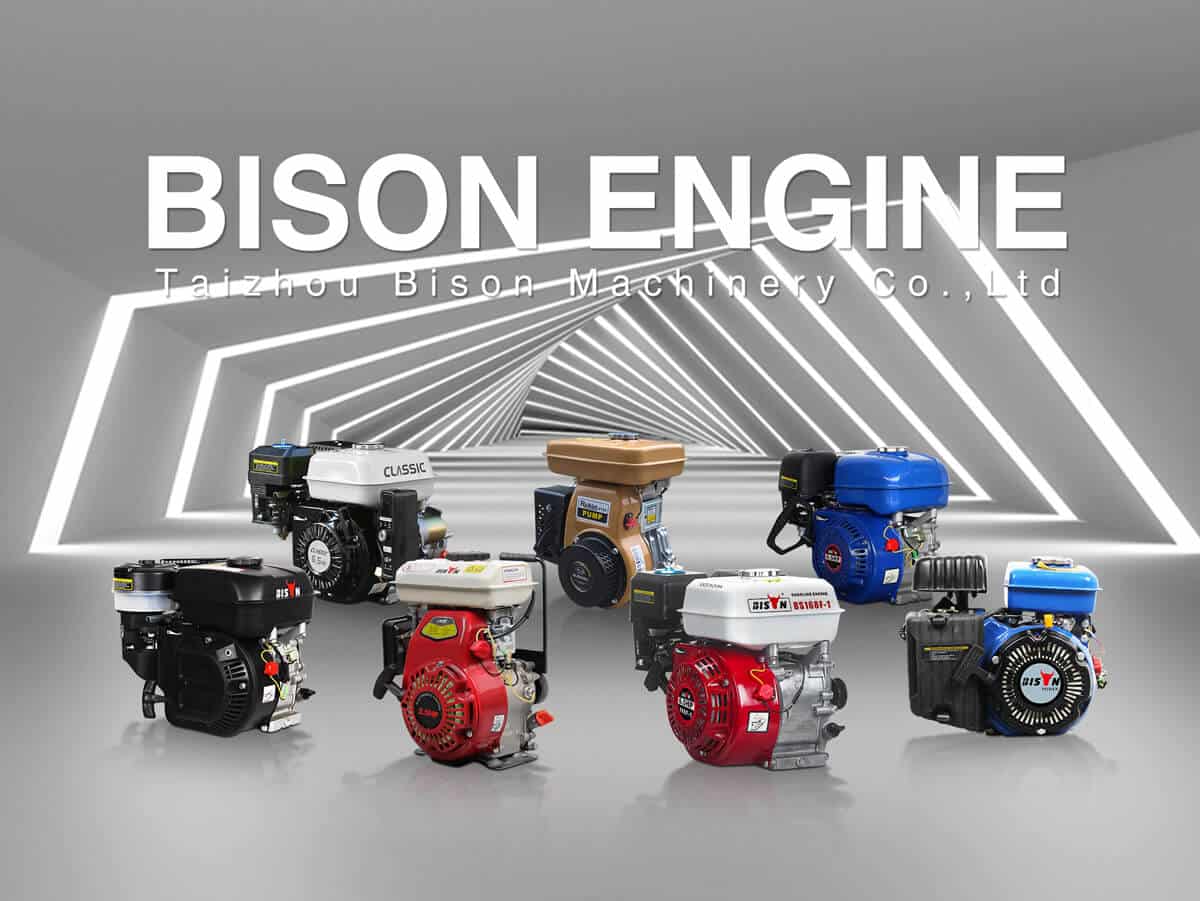
Key Considerations for Purchasing Engines
engine type
Gsoline Engine
BISON gasoline engines are the perfect choice for those looking for a balance of power, fuel efficiency and cost-effectiveness. Our gasoline engines are designed to deliver class-leading performance in cars and small machinery.diesel engine
For heavy machinery and construction equipment, BISON diesel engines are the industry standard. With high torque output and fuel efficiency, our diesel engines give you the power you need to get the job done.Rated power
BISON engines are available in a variety of power ratings to meet your specific machinery requirements. Engine power is usually measured in horsepower (HP) or kilowatts (kW). For small machinery, BISON offers engines rated between 5-20 HP that provide reliable, efficient performance.Keyway shaft type
BISON offers a variety of keyway shaft types to ensure seamless integration with your machinery and optimal power transmission.straight key shaft
Our straight keyway shafts are a versatile option that can suit many applications. BISON’s precision engineering ensures a perfect fit and reliable torque transmission.Tapered keyway shaft
For heavy machinery, BISON’s tapered keyway shafts are ideal. Its design allows for a tighter fit and improved torque transfer for superior performance in demanding conditions.Spline shaft
Ideal for high performance applications, BISON’s splined shafts feature multiple evenly spaced grooves for maximum torque transmission and smooth operation.start method
BISON offers a variety of starting methods to suit your mechanical needs and preferences. Some common startup methods include:Manual recoil start
Manual recoil starting is a cost-effective and simple method of starting that requires the user to pull on a rope to turn the engine over. BISON’s easy-pull recoil system ensures smooth and reliable starts every time.electric start
Electric start offers a convenient, easy way to start with just the turn of a key or the push of a button. The BISON electric start engine provides quick and reliable starts, ideal for users who prefer minimal physical exertion.fuel efficiency
Designed with fuel efficiency in mind, BISON engines save you on fuel costs and minimize your environmental impact. Choose BISON for an environmentally friendly alternative without compromising performance.Emission Standards
All BISON engines comply with local emission standards and regulations, ensuring you avoid fines and penalties while contributing to a cleaner environment.customization options
BISON understands that every mechanical application is unique, and we pride ourselves on being able to offer a wide range of customization options to meet your specific requirements. Our team of highly skilled engineers can work closely with you to develop tailor-made solutions for various components, ensuring that your BISON engine is perfectly matched to your mechanical needs.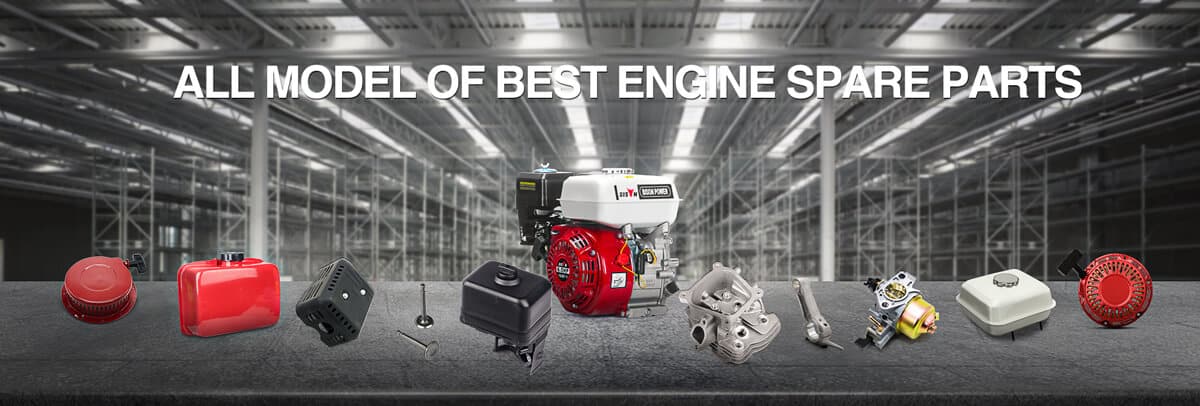
.png)
-qbpqbzxxvtguiuwezisu6wo6j1i29b4m1el1ir1u8o.png)

